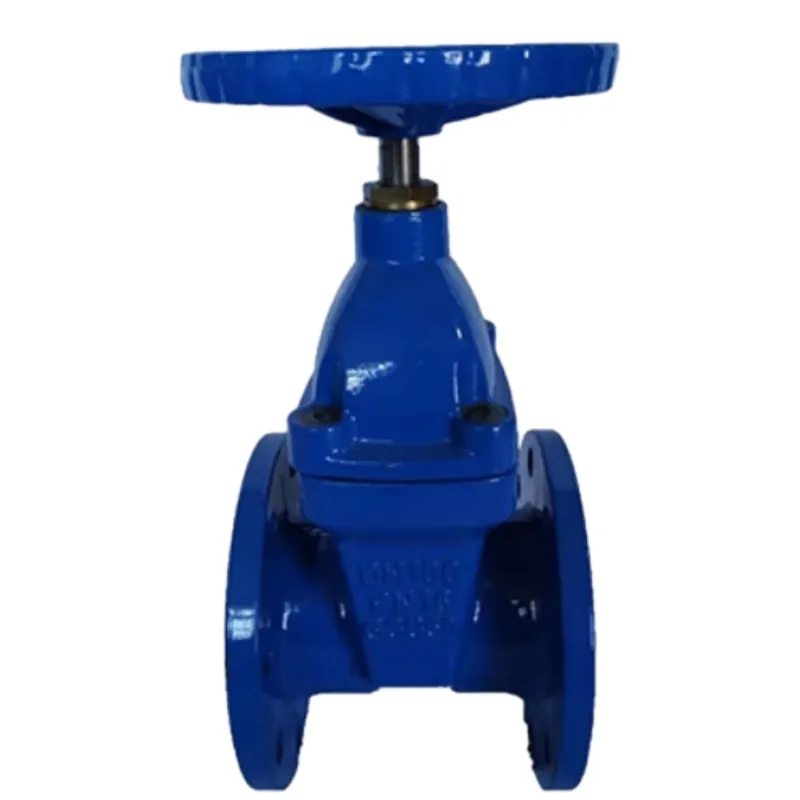feb . 11, 2025 18:55 Back to list
different types of check valves
Check valves, essential components in numerous industrial and household applications, come in various designs suited to specific needs. Recognizing the differences among these types contributes to more effective and reliable system operations. This article delves into the distinct types of check valves, highlighting their unique features, advantages, and common applications, providing insights from seasoned professionals in the field.
Diaphragm check valves incorporate a flexible diaphragm to form a seal, automatically responding to flow pressure. Their design eliminates the risk of backflow contamination, making them perfect for applications requiring strict hygiene standards, such as in pharmaceutical and food processing industries. Moreover, diaphragm check valves are well-suited for handling corrosive fluids as they reduce potential leak points and ensure product integrity. Wafer check valves, known for their compact and lightweight design, fit snugly between two flanges in a piping system. They are preferred in systems where space constraints are a consideration. Wafer check valves offer low-pressure drop and minimal fluid resistance, being widely used in water systems, heating, ventilation, and air conditioning (HVAC) applications. The dual-plate check valve, another variation, features two spring-loaded plates that close upon reverse flow. This design is highly efficient in systems with variable flow conditions, providing rapid closure without slamming. Industries facing turbulent flow conditions, such as petrochemical plants, often adopt dual-plate check valves due to their robustness and reliable performance. In summary, the selection of a check valve type hinges on understanding the specific operational demands and environments. Experience in choosing the appropriate valve contributes significantly to system efficiency and longevity. Experts consistently emphasize the importance of assessing factors such as pressure, temperature, flow rate, and fluid characteristics when deciding on the suitable check valve. Prioritizing quality and compatibility with the system will ensure that check valves perform optimally, safeguarding against costly downtimes and ensuring seamless operations in various industrial landscapes.


Diaphragm check valves incorporate a flexible diaphragm to form a seal, automatically responding to flow pressure. Their design eliminates the risk of backflow contamination, making them perfect for applications requiring strict hygiene standards, such as in pharmaceutical and food processing industries. Moreover, diaphragm check valves are well-suited for handling corrosive fluids as they reduce potential leak points and ensure product integrity. Wafer check valves, known for their compact and lightweight design, fit snugly between two flanges in a piping system. They are preferred in systems where space constraints are a consideration. Wafer check valves offer low-pressure drop and minimal fluid resistance, being widely used in water systems, heating, ventilation, and air conditioning (HVAC) applications. The dual-plate check valve, another variation, features two spring-loaded plates that close upon reverse flow. This design is highly efficient in systems with variable flow conditions, providing rapid closure without slamming. Industries facing turbulent flow conditions, such as petrochemical plants, often adopt dual-plate check valves due to their robustness and reliable performance. In summary, the selection of a check valve type hinges on understanding the specific operational demands and environments. Experience in choosing the appropriate valve contributes significantly to system efficiency and longevity. Experts consistently emphasize the importance of assessing factors such as pressure, temperature, flow rate, and fluid characteristics when deciding on the suitable check valve. Prioritizing quality and compatibility with the system will ensure that check valves perform optimally, safeguarding against costly downtimes and ensuring seamless operations in various industrial landscapes.
Latest news
-
Precision Manufacturing with Advanced Spline Gauge DesignNewsJul.31,2025
-
Industrial-Grade Calibrated Pin Gauges for Exact MeasurementsNewsJul.31,2025
-
Industrial Filtration Systems Depend on Quality Filter DN50 SolutionsNewsJul.31,2025
-
High-Performance Gate Valve WholesaleNewsJul.31,2025
-
Granite Surface Plate The Ultimate Solution for Precision MeasurementNewsJul.31,2025
-
Granite Industrial Tools The Ultimate Guide for Bulk BuyersNewsJul.31,2025
Related PRODUCTS









